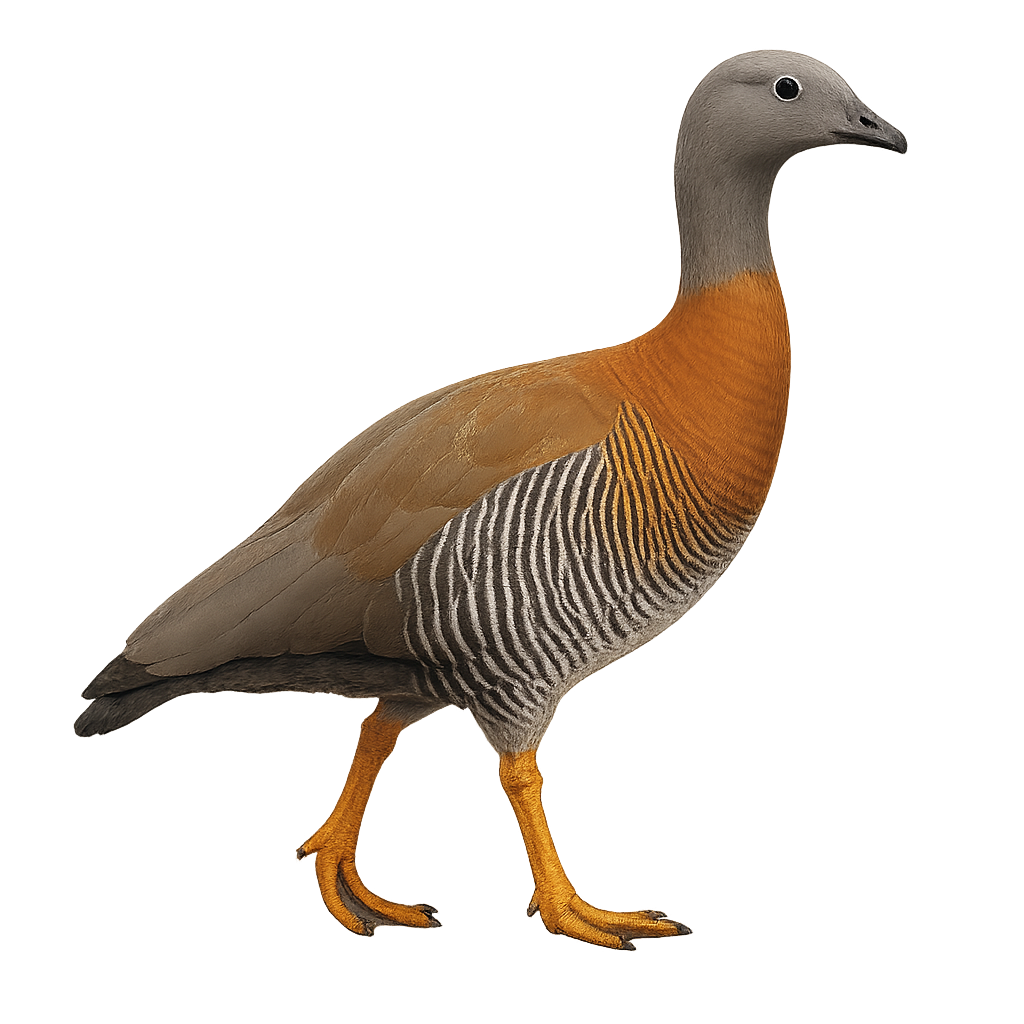Your wildlife photography guide.
Explore the ashy-headed goose in detail, study its behavior, prepare your shots.
Where to observe and photograph the ashy-headed goose in the wild
Learn where and when to spot the ashy-headed goose in the wild, how to identify the species based on distinctive features, and what natural environments it inhabits. The WildlifePhotographer app offers tailored photography tips that reflect the ashy-headed goose’s behavior, helping you capture better wildlife images. Explore the full species profile for key information including description, habitat, active periods, and approach techniques.
Ashy-headed Goose
Scientific name: Chloephaga poliocephala

IUCN Status: Least Concern
Family: ANATIDAE
Group: Birds
Sensitivity to human approach: Suspicious
Minimum approach distance: 10 m
Courtship display: September to November
Incubation: 30-32 jours
Hatchings: October to December
Habitat:
Wet grasslands, marshes, lake edges
Activity period :
Primarily active during the day, with peak activity in the morning and late afternoon.
Identification and description:
The Ashy-headed Goose, or Chloephaga poliocephala, is a bird species belonging to the Anatidae family. It is primarily found in the southern regions of South America, particularly in Argentina and Chile. This bird is characterized by its ashy-gray head contrasting with its brown body and white wings. Males and females have similar plumage, although females are slightly smaller. The Ashy-headed Goose inhabits wet grasslands, marshes, and lake edges, where it feeds mainly on aquatic vegetation and grasses. It is often seen in pairs or small family groups. Although its conservation status is currently "least concern," it is sensitive to habitat degradation.
Recommended lens:
400mm – adjust based on distance, desired framing (portrait or habitat), and approach conditions.
Photography tips:
To photograph the Ashy-headed Goose, it is recommended to use a telephoto lens of at least 400mm to capture detailed images without disturbing the bird. Opt for early morning or late afternoon hours to benefit from soft light and avoid harsh shadows. Be patient and discreet, as this bird can be suspicious. Approach slowly and maintain a distance of at least 10 m to avoid scaring it. Use a tripod to stabilize your camera and achieve sharp shots.
The WildlifePhotographer App is coming soon!
Be the first to explore the best nature spots, track rutting seasons, log your observations, and observe more wildlife.
Already 1 431 wildlife lovers subscribed worldwide

